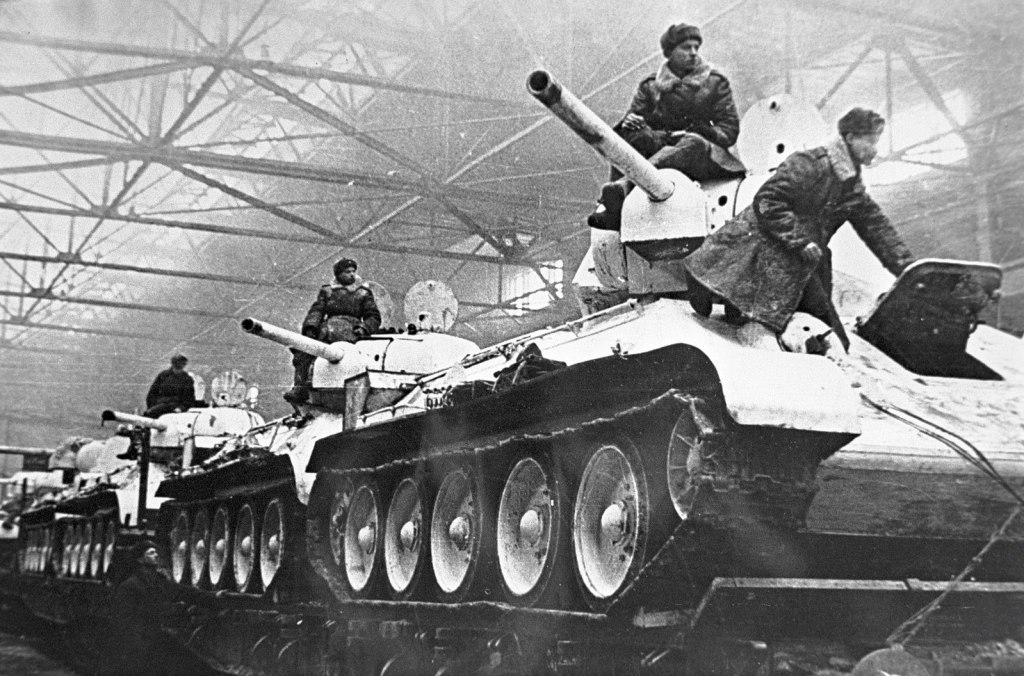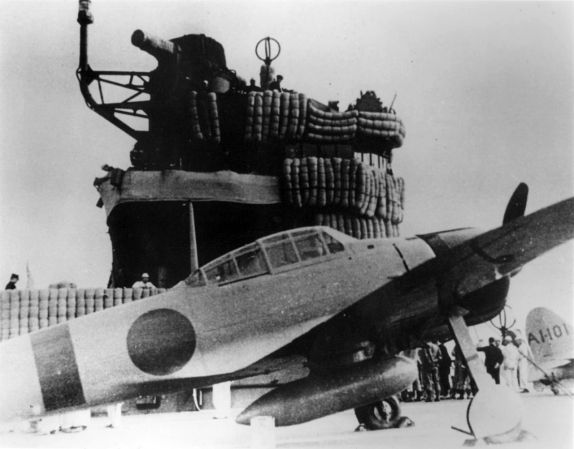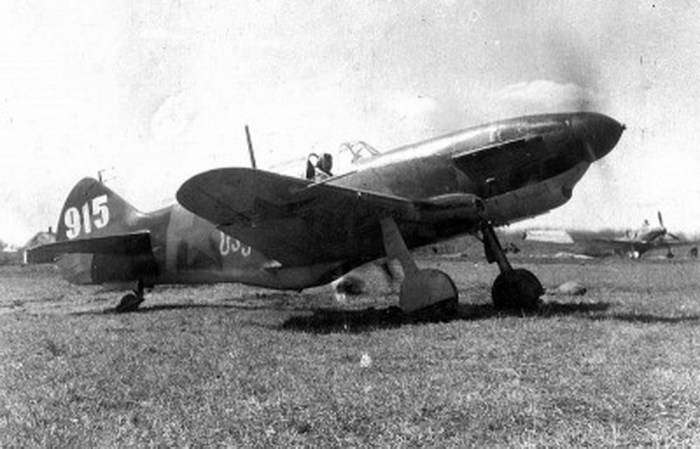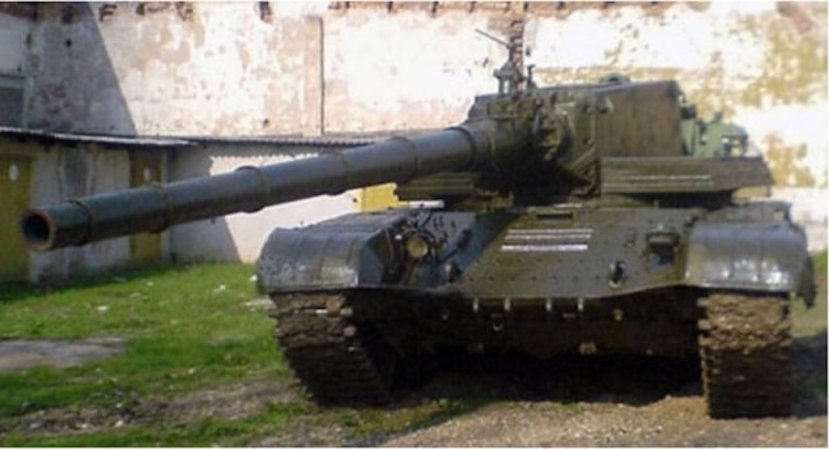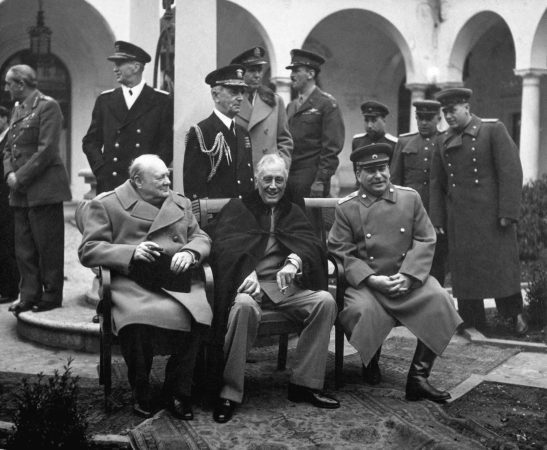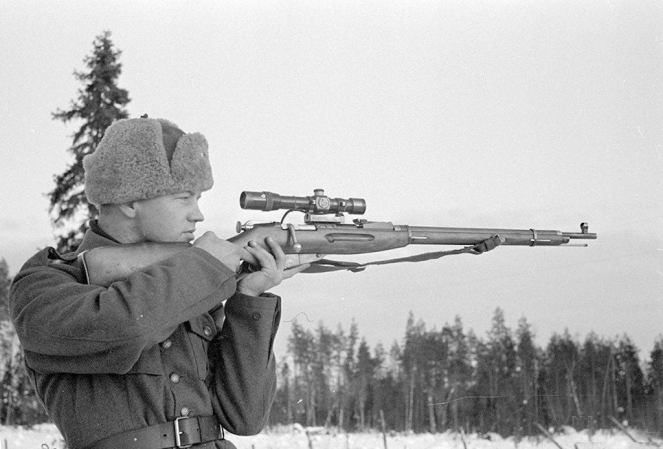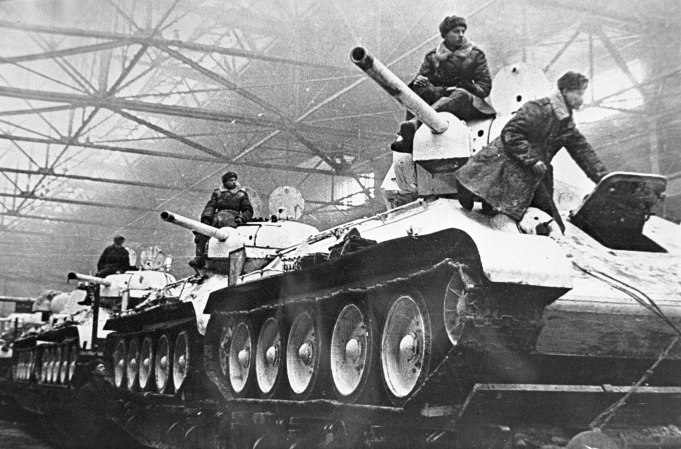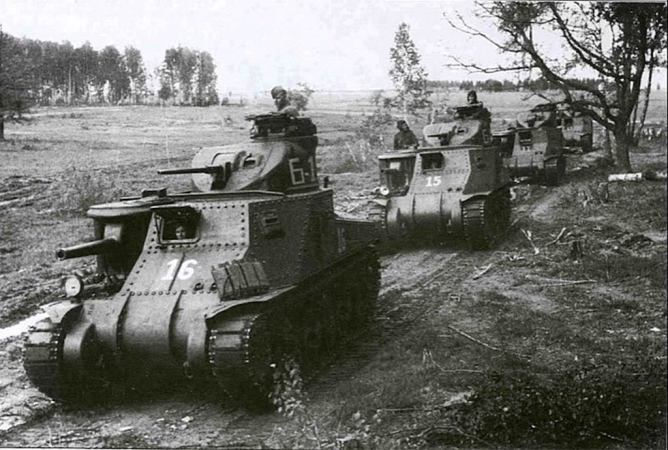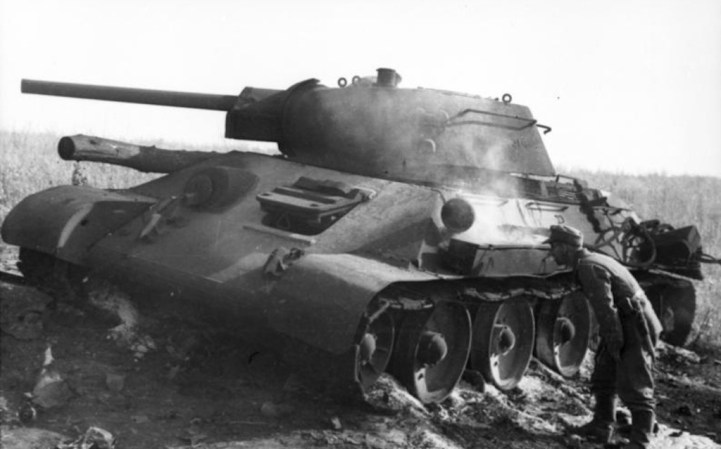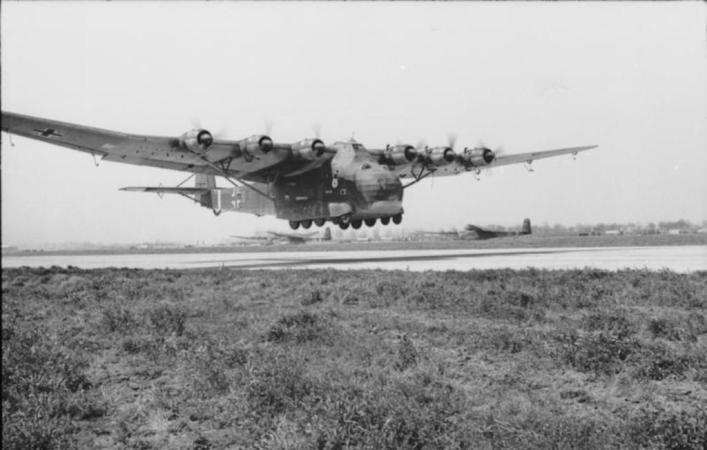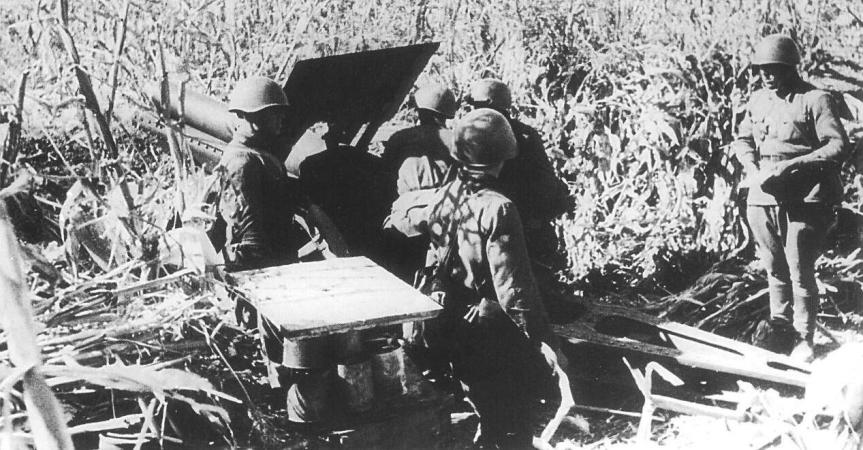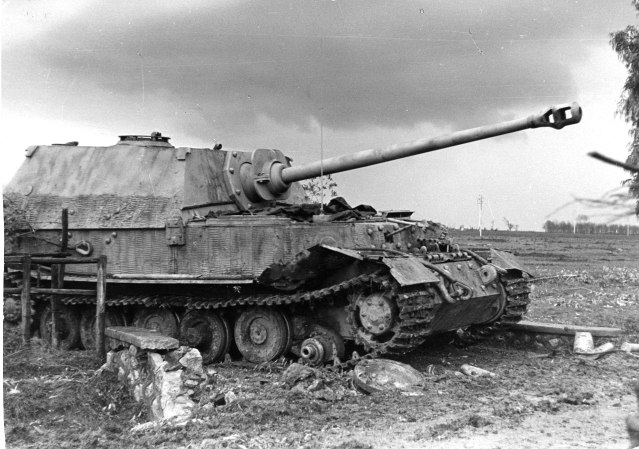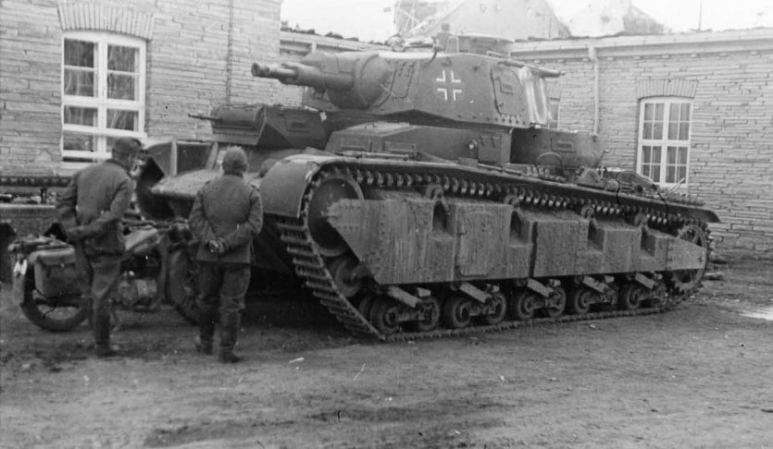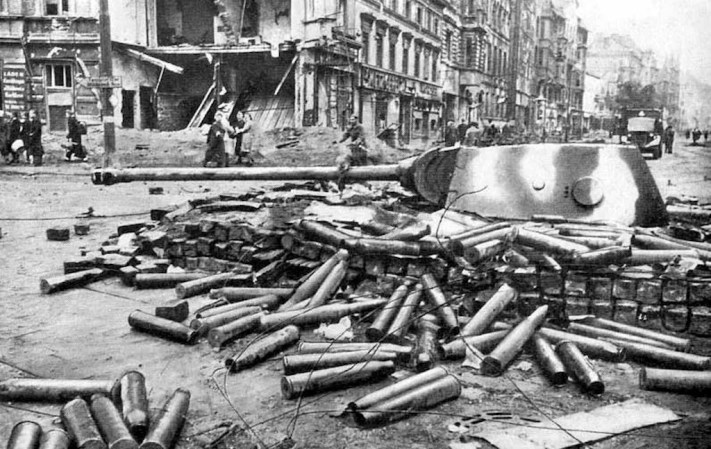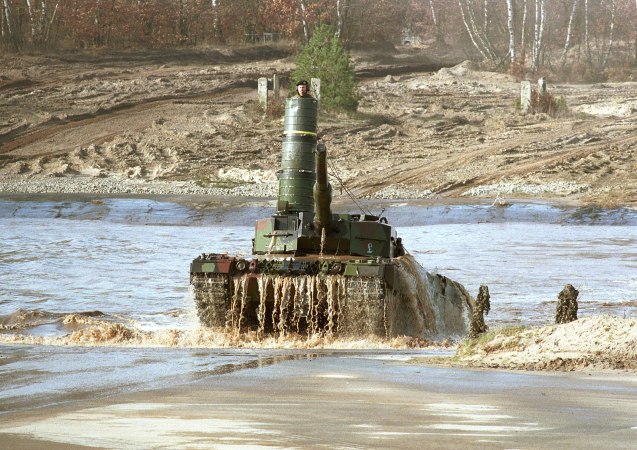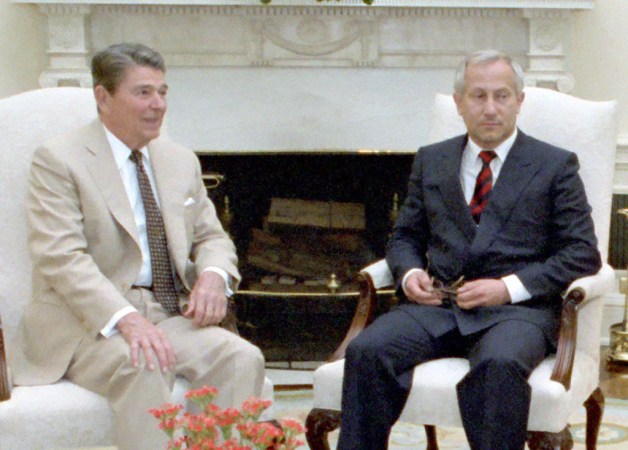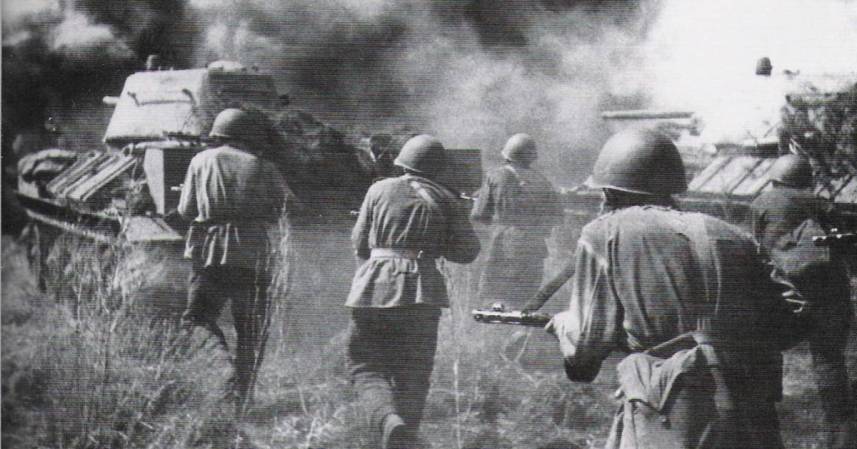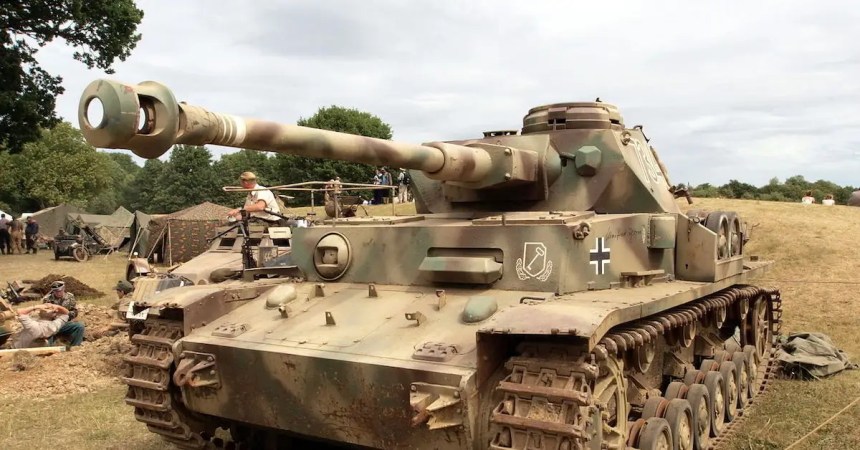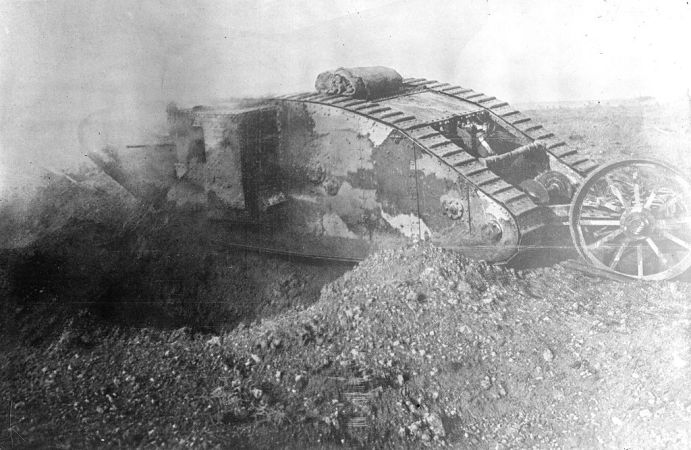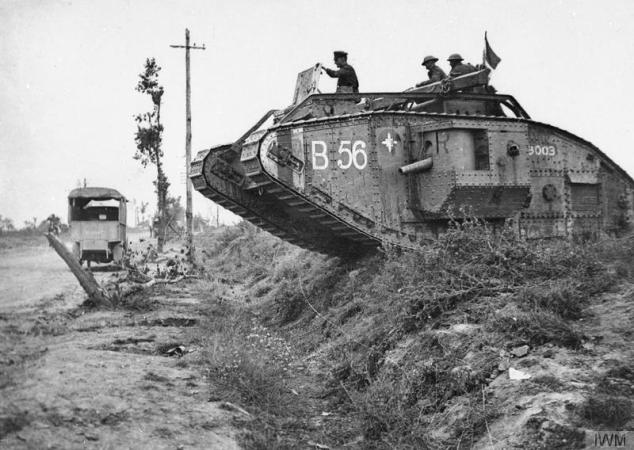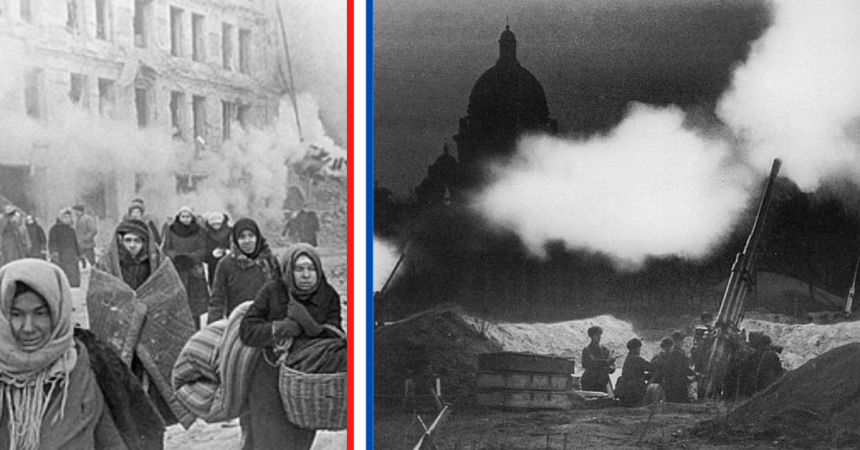When the Soviet Union’s first T-34 tanks rolled onto the battlefields of World War II, it took the Germans by surprise. It wasn’t because they’d never seen a tank before, they just didn’t have an answer for the medium tank’s heavy, sloped armor. More than 30 anti-tank rounds were fired against it, and it still rolled back to its lines.
Once the Germans figured out how to handle them, however, they became easy targets. An average of seven T-34 tanks were lost for every German tank taken out on the Eastern Front. In 1941 alone, the Soviet Red Army lost more than 20,000 tanks, and it wasn’t just because of battlefield skill. Despite that flashy first appearance on the battlefield, it turned out the T-34 was a lemon. The USSR could just make a lot of them.
At the start of World War II, the Soviet Union was fresh from a victory in the Russian Civil War and the regime of Joseph Stalin had implemented a rapid industrialization program on a massive scale. It primarily used two kinds of tank, a slow-moving infantry tank, the T-26, and a lightly armored, but fast-moving maneuvering tank, the BT.
Both tanks performed poorly against the Japanese at the Battles of Khalkhin Gol, showing Soviet leadership that it was time to modernize the Soviet Tank Corps. The T-34 was supposed to address the shortcomings of its previous tanks, update the armor, and make the tanks faster and more maneuverable, even with advanced armor.

By 1940, bureaucratic infighting and inaction had crippled the testing and production of the T-34, but only 400 were really completed, but something was about to kick production into high gear: the Nazi invasion of the Soviet Union. After the Germans invaded, the Soviets had no time to test or perfect pervasive issues, like issues with its clutch. It also had none of the bells and whistles other tanks of the time period had.
Only the command tank would have a radio, there were no stabilizers, no rubber rims on its road wheels, and only one hatch for all crewmembers. It was a death trap, so bad the British thought the tank had been sabotaged when they tested it for themselves. So how did Russian tanks in World War II get their fearsome reputation?
The T-34 did have speed, firepower, and armor, but it wasn’t a very good tank. What it did have going for it was that it was easy and cheap to produce. Stories abound about T-34 tanks rolling off the assembly lines at Stalingrad and driving directly into combat. The truth about those stories is murky, but it’s entirely possible that it could have happened.
The USSR produced around 80,000 T-34 tanks, including all of its variants, throughout World War II. The reason it was able to win epic tank battles on the Eastern Front, in places like Prokhorovka and Kursk was because the Soviet Union could build a lot of them. At the Battle of Kursk, the largest tank battle in history, thousands of Soviet tanks met thousands of German tanks, but despite taking heavy tank losses, the Red Army prevailed because there were always more tanks to follow. The Germans took tank losses from which they couldn’t recover.
A few days later, at Prokhorovka, the Red Army flooded the battlefield with even more T-34 tanks. The Germans were able to win a tactical victory, but that didn’t matter, because by then the Soviet war machine was in full effect. The Germans were taking losses they couldn’t replace and were swarmed by enemy tanks.

